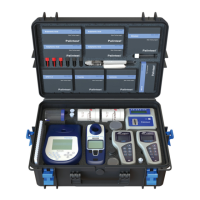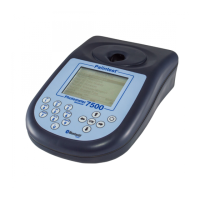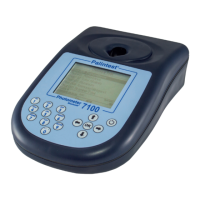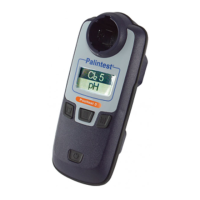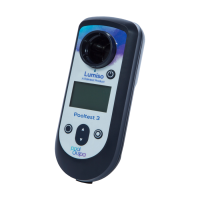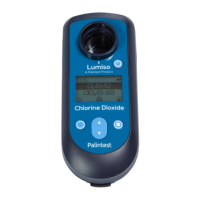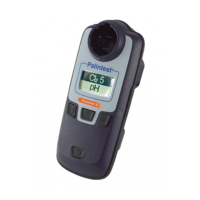3.7 Tyndallisation of MMDs
In the event an autoclave or pressure cooker is
not available then the sterilisation of the MMD
containing the liquid MLSB media can be carried
out using a pan of boiling water. This is a process
called Tyndallisation.
When liquids are heated up to 100°C, the heat
will kill the bacterial cells but the bacterial spores
may survive.
Tyndallisation essentially consists of boiling the
substance for 15 minutes for three days in a row.
On the second day most of the spores that
survived the first day will have germinated into
bacterial cells. These cells will be killed by the
second day’s heating. The third day kills bacterial
cells from late-germinating spores. During the
waiting periods over the three days, the substance
being sterilised is kept in warm, moist conditions
that are conducive to germination of the spores.
When the environment is conducive to the
formation of cells from spores, the formation
of spores from cells does not occur.
The Tyndallisation procedure can be summarised
as follows:
• DAY 1: Place the MMD containing the MLSB
into a pan or pot of boiling water, use a rack or
stand if possible and try to prevent the MMD
coming into contact with the base of the pan
• Boil for 15 minutes
• Leave the MLSB to cool and then stand at
room temperature for 24 hours
• DAY 2: Once again heat the MLSB in a pan
of boiling water for a further 15 minutes
• Leave the MLSB to cool and then stand at
room temperature for 24 hours
• DAY 3: Repeat the immersion in boiling
water for 15 minutes for a third and final time
• The MLSB media should now be sterile
3.8 Storage of Liquid Media
The sterile MLSB should be stable for up to
6 months if stored in a refrigerator. If no
refrigerator is available the media can be stored
for up to 3 months if kept in a dark place away
from extremes of heat and moisture. However,
if there are any signs of contamination e.g.
yellowing, cloudiness etc., then it has become
contaminated. It should be discarded and under
no circumstances used in a microbiological test.
3.9 Pre-Prepared Media
It is possible to use pre-prepared growth media
rather than prepare your own as described
previously. The main advantages these options
offer are that they save time and reduce the
amount of equipment required. However it
should be noted that they are generally more
expensive in terms of cost per test, and their
shelf-life is shorter. This makes shipping to, and
then using in, remote locations more problematic.
Some of the pre-prepared media also have
specific storage requirements.
The most commonly used pre-prepared media
options are:
Ampoules
Sterile Ampoules containing 2ml of dissolved
media. Available in different varieties for the testing
of a wide range of microorganisms. Simply unscrew
the cap, pour the media onto the absorbent pad
and discard the empty ampoule.
NutriDisks
For single use, a NutriDisk consists of a sterile
plastic petri dish which includes an absorbent pad
impregnated with dehydrated growth media. This
is re-hydrated using sterile distilled water before
use in the microbiological test.
The NutriDisks are available in different varieties
for the testing of a wide range of microorganisms.
13
3
Preparation
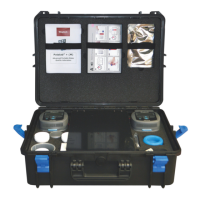
